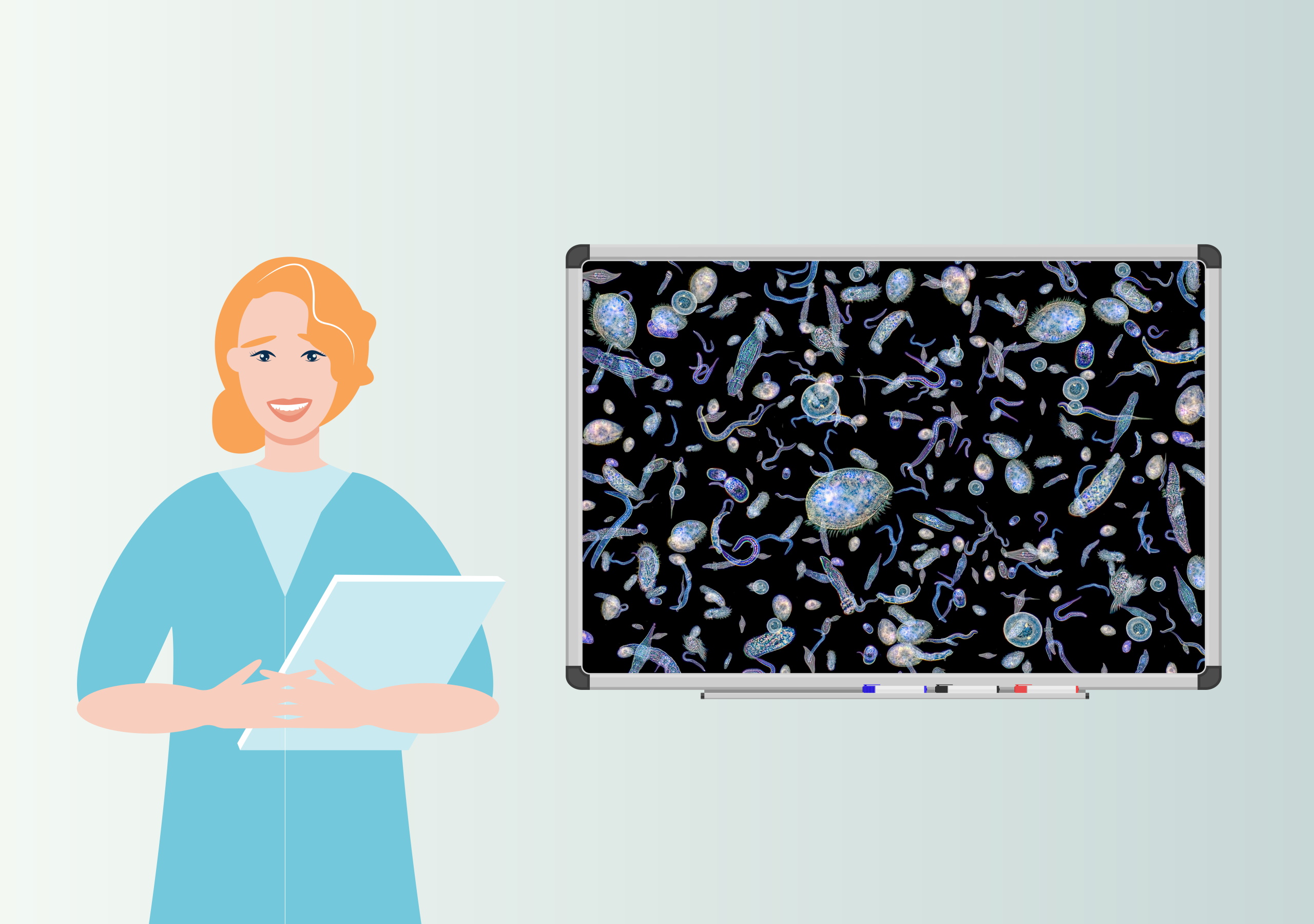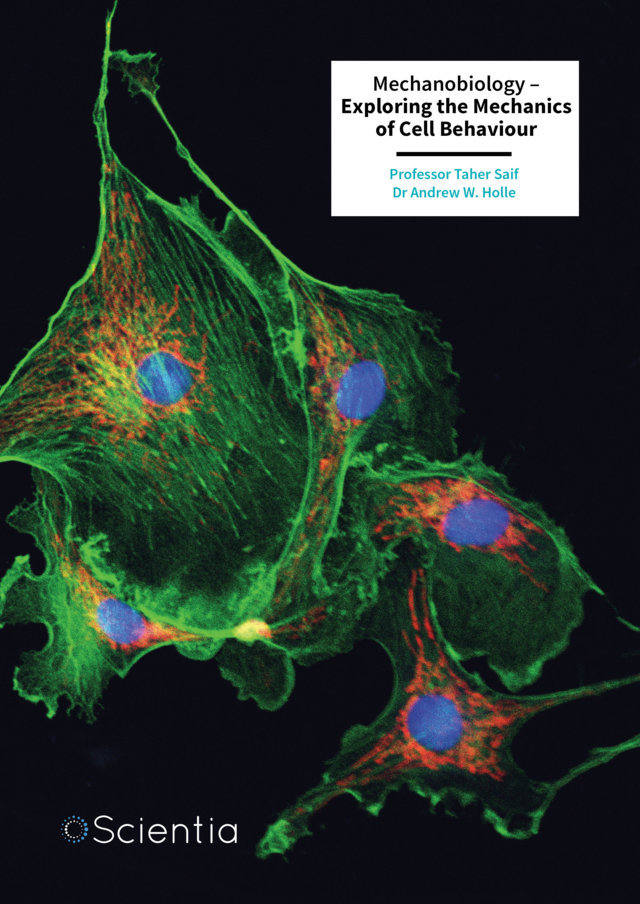To conduct reliable scientific research, laboratory animals need to be as healthy as possible. If a research colony is plagued by disease or environmental stress, experimental results become inconsistent and unreliable, making it difficult to draw meaningful conclusions or accurately identify subtle physiological phenomena. For killifish, this challenge is particularly complex.
Older killifish are more susceptible to disease, and it is not always clear if they are displaying signs of aging or illness. It can be difficult to identify and separate sick animals from the rest of the fish, meaning that disease can spread unchecked. Standardized guidelines for best practice in housing and caring for killifish have not been established by the research community, making the results from different labs potentially difficult to compare. Moreover, a full understanding of the pathogens that can take hold in laboratory killifish colonies, and what this means for the experimental results deriving from these colonies, has not been established.
Unlike mice or other commonly used lab animals, standardized health monitoring systems for these fish have been lacking, until now. Dr. Hoppe and her colleagues spent over four years meticulously tracking the health of killifish in their facility to create such a monitoring system. They developed a scoring system that helps identify whether a fish is thriving, showing mild signs of distress, or suffering from severe health issues. This system works much like a traffic light: green for healthy, yellow for mild concerns requiring monitoring, and red for serious conditions that may require humane euthanasia.
To ensure the accuracy of their system, the researchers implemented a rigorous daily inspection routine. Trained animal technicians used a standardized checklist to assess key indicators of health, including swimming behavior, feeding patterns, body condition, and the appearance of skin, fins, and eyes. This approach allowed the team to differentiate between different natural aging traits, such as reduced activity and mild spinal curvature, and symptoms of disease that required intervention.
One of the most significant findings was the identification of common pathogens affecting the fish. Using a combination of molecular diagnostics, examination of tissues, and routine environmental sampling, the team discovered that Mycobacterium species were frequently present in their colony, sometimes without causing visible illness. These bacteria, related to the ones that cause tuberculosis in humans, can persist in aquatic environments and pose a long-term risk to fish health.
Additionally, they identified a new pathogen for killifish, Loma acerinae, a parasite that infects the swim bladder, a gas-filled organ that helps fish maintain buoyancy. Affected fish developed a condition known as a buoyancy disorder, which prevented them from swimming normally. By carefully monitoring their colony and using genetic testing to sensitively detect the pathogens, the team was able to track and contain the outbreak, preventing widespread infection.
Beyond infections, the study also revealed important insights into aging-related health issues in killifish. Older fish were more likely to suffer from kidney disease, inflammation, and spinal deformities, conditions that mirror some human age-related diseases. Kidney pathology was particularly prevalent, with aged fish often developing nephrocalcinosis, a condition where calcium deposits build up in the kidneys, leading to organ dysfunction.
The researchers used a variety of diagnostic tools to assess fish health. One key method was histopathology, where tissue samples from fish were examined under a microscope to detect signs of infection, inflammation, or abnormal growths. This technique helped identify infections in the swim bladder and granulomas, clusters of immune cells responding to bacterial infections, in the kidneys and other organs.
Another essential tool was real-time polymerase chain reaction, a highly sensitive laboratory technique used to detect the presence of specific pathogens by amplifying their DNA. By analyzing both individual fish and environmental water samples, the team was able to identify bacterial and parasitic infections before they caused major outbreaks. In addition to laboratory testing, survival curve analysis, a statistical method used to study lifespan trends, provided insights into mortality patterns across different age groups.
Dr. Hoppe’s research doesn’t just improve the well-being of lab fish; it also benefits the broader scientific community. By reducing disease and improving health monitoring, researchers can obtain more accurate and reproducible results. The team’s work aligns with the “3Rs” principle of animal research, Replacement, Reduction, and Refinement, which aim to ensure that animals are used responsibly and humanely in scientific studies.
Furthermore, their approach demonstrates the importance of proactive health management in research facilities. Routine monitoring and early detection of disease not only protect fish from unnecessary suffering but also help maintain the integrity of scientific experiments. The introduction of a killifish-specific health score sheet provides a standardized method that can be adopted by other research institutions worldwide.
As more scientists turn to killifish for aging research, the findings from Dr. Hoppe and her colleagues will help shape better practices worldwide. Their work proves that good science starts with good animal care, and that even tiny fish can have a big impact on our understanding of life and longevity.







